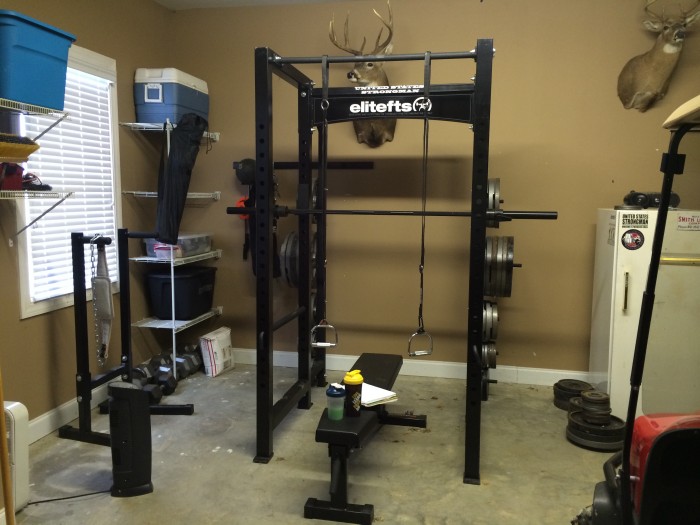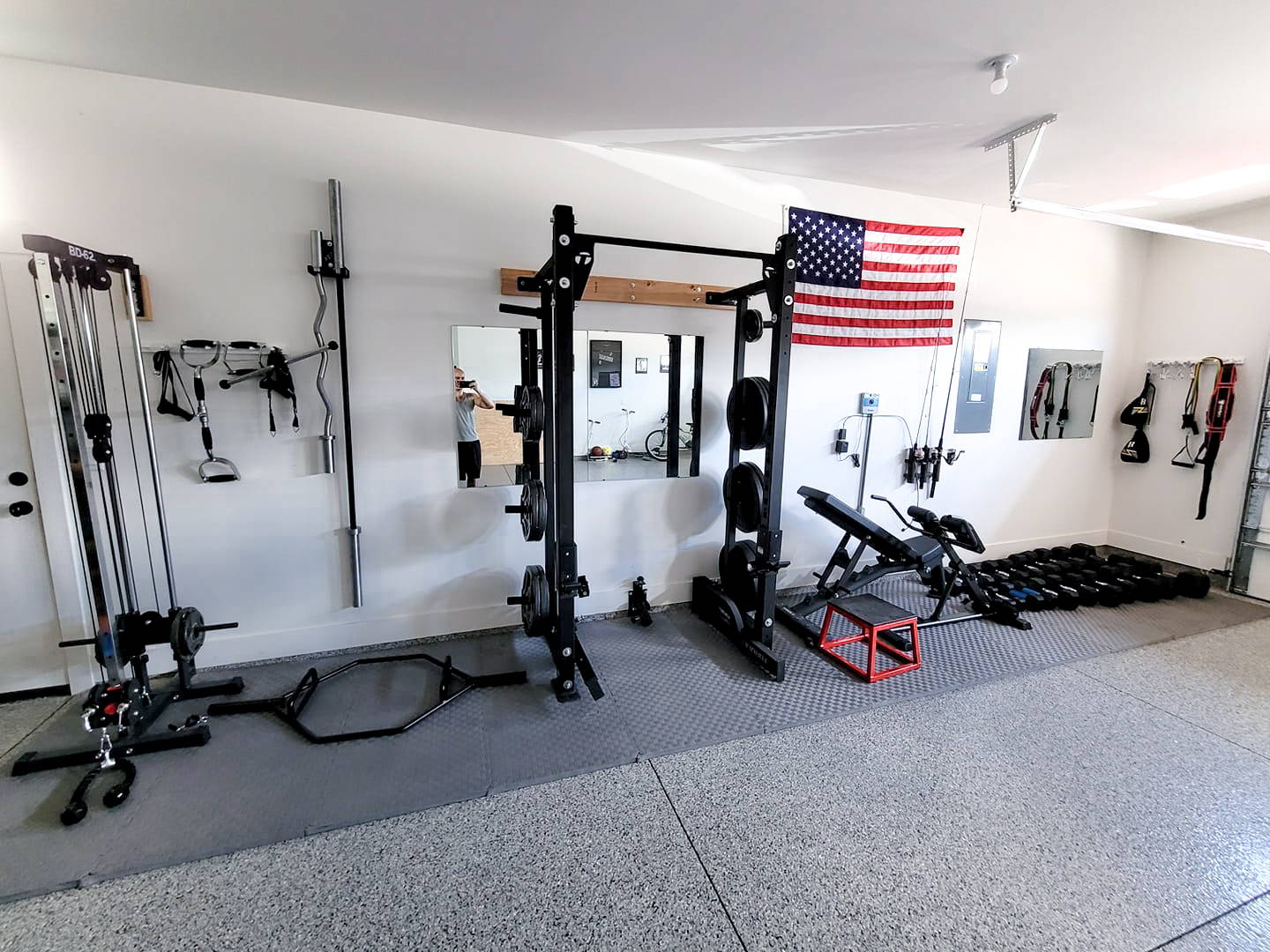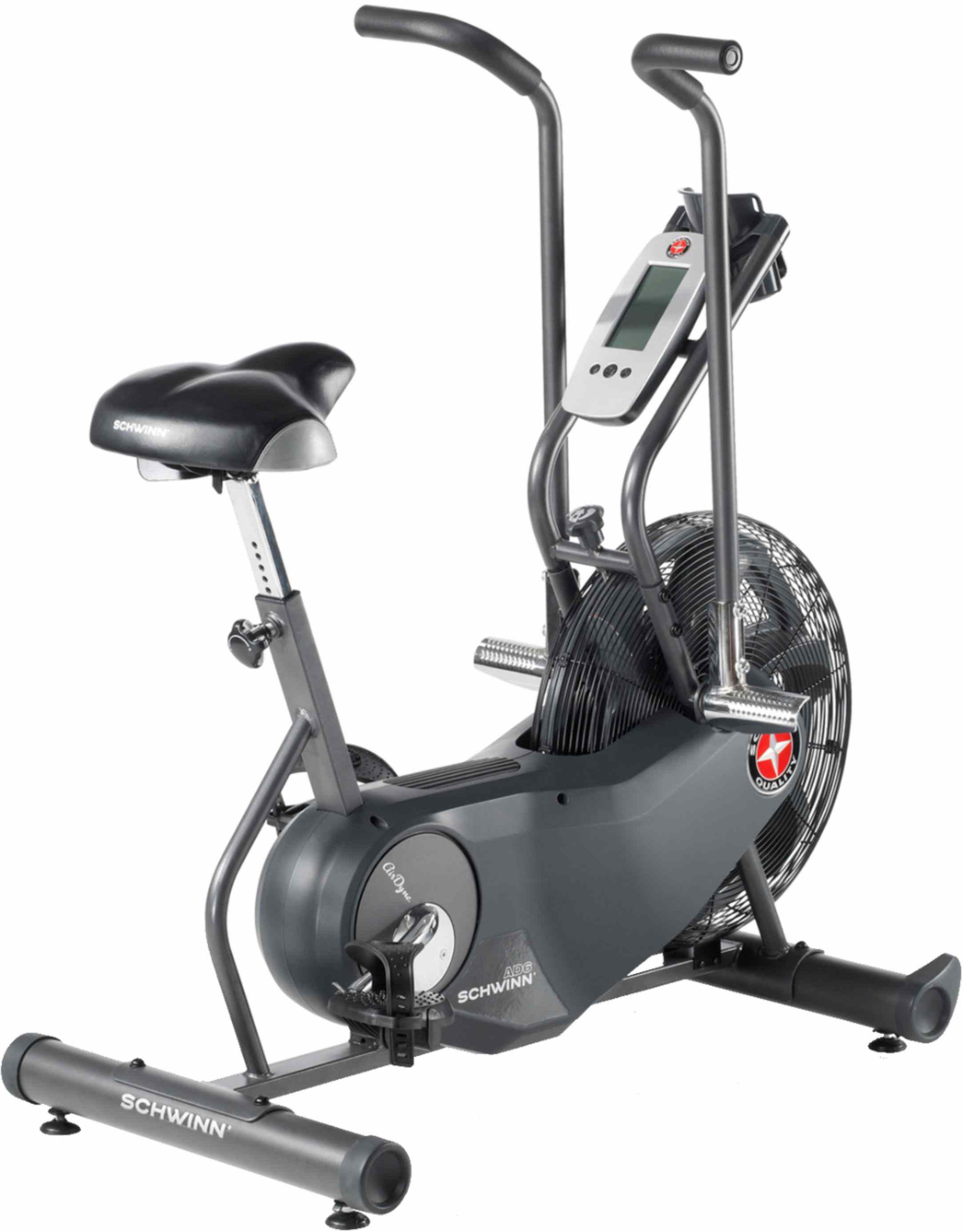
You can purchase several types of yoga mats. There are many sizes available, including the 72x36-inch model. The mats can be used both indoors and outdoors, and each weighs 4.5 pounds. While reviews of yoga mats vary, buyers generally appreciate the solid handles and the cushioning to allow for passive movement. Material indentation can happen over time, as well as kneeling on yoga mats.
Viscoelastic
Rubber or foam floors are often used for exercise equipment like stationary bicycles. Viscoelastic flooring is designed to keep the floor safe from heavy pressure and maintain the athlete's comfort. A good sports mat will have enough friction to adhere to the surface. The mat should be able to withstand the impact of the skin and provide comfort for exercise. These mats can be used in yoga classes or at home.
Viscoelastic foams are more flexible than traditional foams and conform to the body of the user, giving them a feeling of lost gravity. While the planar viscoelastic surface may appear rigid, it is flexible over time. This allows for a reduced pressure on the body's entire surface area. The result allows the user focus on their training instead of the mat's surface.

Rubber
You may be wondering if you need a rubber mat for your exercise equipment. You have many choices when it comes to the types of exercise mats you can choose from. For instance, you can purchase mats for Olympic barbell exercises, which typically require a 4' x 8' rubber mat. Although they are more affordable than rubber, foam mats can be used for Olympic barbell exercises. However, they are not as long-lasting as rubber. You should purchase a rubber mat for your equipment only if you use it for intense workouts.
The best type of rubber mat for exercise equipment is a textured mat. They prevent slipping and provide comfort for joints. These mats also reduce noise levels and vibration. They are also easy to clean. There may be two to three rubber mats that you need depending on how big your equipment is. Select the mat that fits your equipment. If you are not sure, you can choose a thicker rubber mat.
PVC
There are many different types of PVC mats for exercise equipment. Mats that are heavy duty are great for home and gyms. You can purchase them in different sizes to fit different types of exercise equipment. These mats can be purchased in different sizes and made of durable vinyl composite materials. High-density PVC foam provides a non-slip surface that protects floors from the weight of exercise equipment. Two types of heavy duty mats are available.

Treadmills and bikes are heavy, and the floor beneath them can quickly become damaged by rubbing. A durable, anti-bacterial PVC exercise equipment mat can help protect floors from damage caused by heavy fitness equipment. You can use it on your gym floor, at home, or in the office. These mats are usually included with exercise equipment.
FAQ
Why Metabolic Well-being is the Key to Aging Well
People live longer today than ever before. They are also becoming more sick as a result. And while we've made great strides in medical science, it's becoming increasingly clear that our current approach isn't working.
We have to change how we see health and aging. To achieve healthy aging, we must look at metabolic health as more than just weight loss. It is also important to consider overall wellness.
And if you want to live an active life for decades to come, you should ensure that your metabolism stays strong and healthy throughout your entire lifetime.
The good news? There are many things you can do to improve your metabolism. One way is to include these 7 foods in your diet.
-
Resveratrol in blueberries has been shown to support cell longevity. They are rich in antioxidants as well as vitamins C & E.
-
Lentils and pinto beans, which are legumes, provide great fiber and plant-based sources of protein. These nutrients help maintain blood sugar levels so they don’t spike and fall.
-
Broccoli has sulforaphane. It has been proven to protect cells from DNA damage. It may even slow down cancer growth.
-
Chia seeds are rich in fiber and omega-3 fatty acid. They are also rich in antioxidants, protein, and fiber. All these nutrients support heart health, brain function and gut health.
-
Green Tea contains polyphenols called caechins. Green tea catechins have been shown to reduce bone fractures, heart disease, cognitive decline, diabetes risk, and other health issues.
-
Salmonis a great source of lean protein. It is low in saturated fat and high in vitamin D.
-
Walnuts contain omega-3s and antioxidants like alpha lipoic acid (ALA). ALA aids in energy production and protection against inflammation.
How to Build Muscles Fast
Eating healthy foods and lifting weights regularly is the best way to build muscle fast.
Mornings are the best time to workout.
Do push-ups, bench presses, squats, and other exercises.
Use different weight training techniques and drink plenty water throughout the day.
How many calories should I consume daily?
This varies from person to person. On average, between 2000 and 2500 calories a day. It's important to assess your life style, gender, age and height in order to determine how much calories you need.
Which order is best for working out?
It all depends on what you're looking for. If you want to build muscle mass, then do heavy weights first. Next, move on to cardio. For those who want to lose weight or exercise, you can switch from cardio to strength-training.
If you just want to burn fat, start by doing cardio. You can then add strength training.
If you are looking for muscle mass, cardio should be your last option. Cardio stimulates growth hormones and helps build muscle mass.
Before you start your workout, it is a good idea to eat. You will be able to give your muscles more fuel so they can work harder. It will also make you feel more energetic during your workouts.
Statistics
- Are You One of the 20% of Guys (mh.co.za)
- An estimated calorie range for moderately active adult males falls between 2,200 to 2,800 calories per day, depending on age. (eatright.org)
- The PRS enabled risk stratification for overall prostate cancer and lethal disease with a four-fold difference between men in the highest and lowest quartiles (HR, 4.32; 95% confidence interval [CI], 3.16-5.89). (pubmed.ncbi.nlm.nih.gov)
- Cardmembers earn 5% Back at Amazon.com with a Prime Credit Card. (amazon.com)
- Get free shipping and 25% off today. (healthline.com)
External Links
How To
How can I exercise to burn fat?
Exercise burns calories through increased metabolism and oxygen consumption.
If you exercise with moderate intensity, you can safely lose weight.
These tips will help you burn fat and keep fit while exercising.
-
Do cardio exercises such as walking, swimming, jogging, cycling, running, or elliptical training.
-
Exercise for 30 minutes three times per week.
-
If you want to lose more weight, add strength training to your routine.
-
Avoid doing intense exercises. You can build muscle without having to lose muscle tissue.
-
When exercising, make sure to drink lots of water. Water is essential for flushing out toxins and keeping your body hydrated.
-
After working out, make sure to drink low-fat proteins shakes. Protein shakes repair muscles and increase energy.
-
Eat smaller meals throughout the day, so you don't feel hungry between meals.
-
Don't skip breakfast! You can feel tired and slow if you skip breakfast.
-
Take care to your mental well-being. Stressful situations can slow your metabolism.
-
Keep a positive attitude. Studies have shown that people who are convinced they are overweight gain more weight than those who feel they look attractive.
-
Get enough rest. Lack of sleep makes it harder to burn fat.
-
Stay active. Move around at least once an hour.
-
Maintain a healthy diet. You will feel fuller longer if you eat right.
-
Relaxation is possible by finding ways to relax. A tense mind doesn't allow your body to release stress hormones that break down muscle tissue.
A balanced diet includes all essential nutrients needed for growth and development.
Instead of eating three large meals a day, eat six smaller meals every day. This gives your body the time it needs to process what you've eat.
Calcium is required to support strong bones. Calcium can also be found in milk products, yogurt, fortified Soy beverages, orange Juice, cereals and bread.
Calcium is found in leafy vegetables, beans and tofu, as well nuts, seeds and cheese.
Vitamin D is necessary for the body to absorb calcium. Vitamin D can also be found in some fortified foods such as eggs, fish, and yolk.
Vitamin E is important for skin health. It's found in vegetable oils, wheat germ oil, peanuts, almonds, sunflower seeds, and corn.
Your body requires zinc to function normally and for wound healing. Zinc can be found in seafood, legumes and meats.
Zinc deficiency can cause fatigue and loss of appetite. It can also lead to depression and impaired immunity.
Too much sugar leads to insulin resistance. This results in higher blood glucose levels. Insulin resistance is linked to weight gain.
Insulin resistance is caused by high blood levels of free-radicals. Free radicals are molecules that have unpaired electrons, which can cause damage to cell membranes or other parts of your body.
Food additives, pesticides and herbicides, as well as preservatives, smoking and radiation are all sources of free radicals.
Free radical damage may lead to cancer, heart disease diabetes, arthritis, asthma and other conditions.
The best way to avoid free radicals is to eat a balanced diet high in antioxidants. Antioxidants protect against oxidative damage.
Antioxidant vitamins include Vitamin C (found in citrus fruits), beta carotene (found in carrots, sweet potatoes, spinach, broccoli, cantaloupe, apricots, squash, mangoes, peaches, peppers, tomatoes, cabbage, cauliflower, kale, Brussels sprouts, collard greens, watermelon, and strawberries), and Vitamin E (found in nuts, olive oil, avocados, and eggs).
Selenium, copper and manganese are all antioxidant nutrients.
Selenium helps to protect cells against free radicals and oxidative stress. Selenium is also found in Brazil nuts.
Copper protects the brain and eyes as well as the lungs and red blood cells. Copper is found in shellfishes, poultry, meat, organ meats, and other foods.
Manganese, an essential component of bone strength, is crucial. Manganese may be found in brown rice or spinach, bananas and prunes as well raisins, oatmeal and lentils.
Zinc is necessary for average growth, reproduction, and wound healing. Zn is present in lean cuts of meat and white fish, as well as eggs.